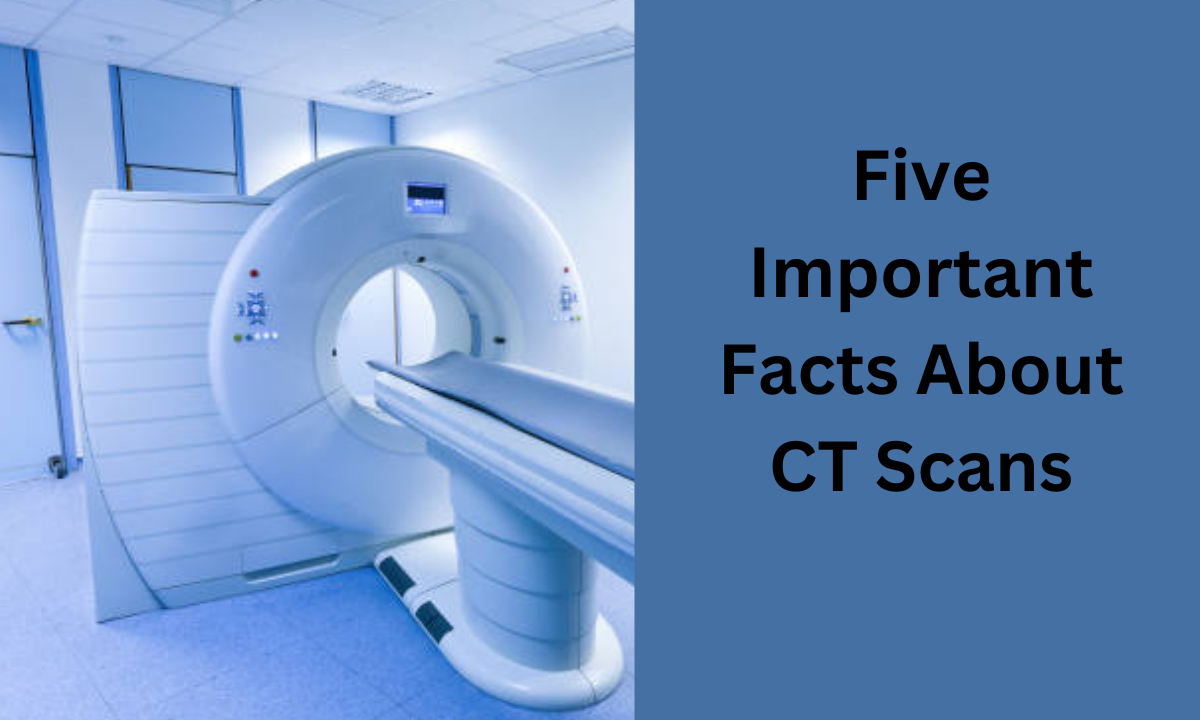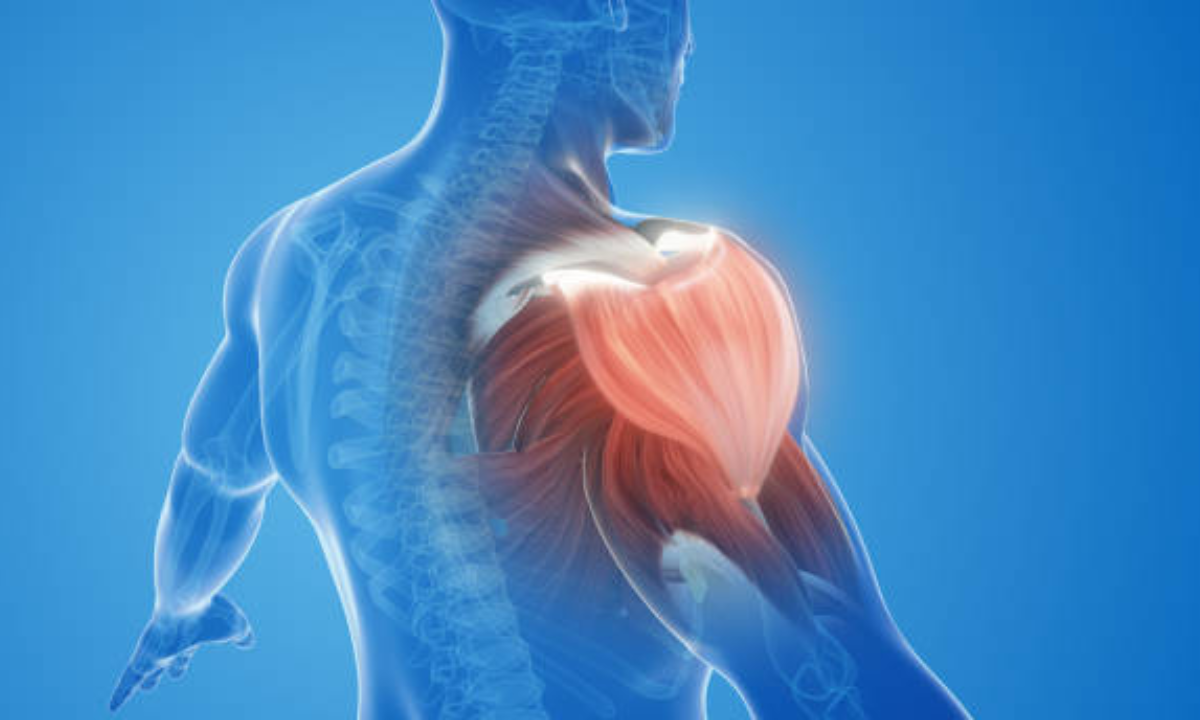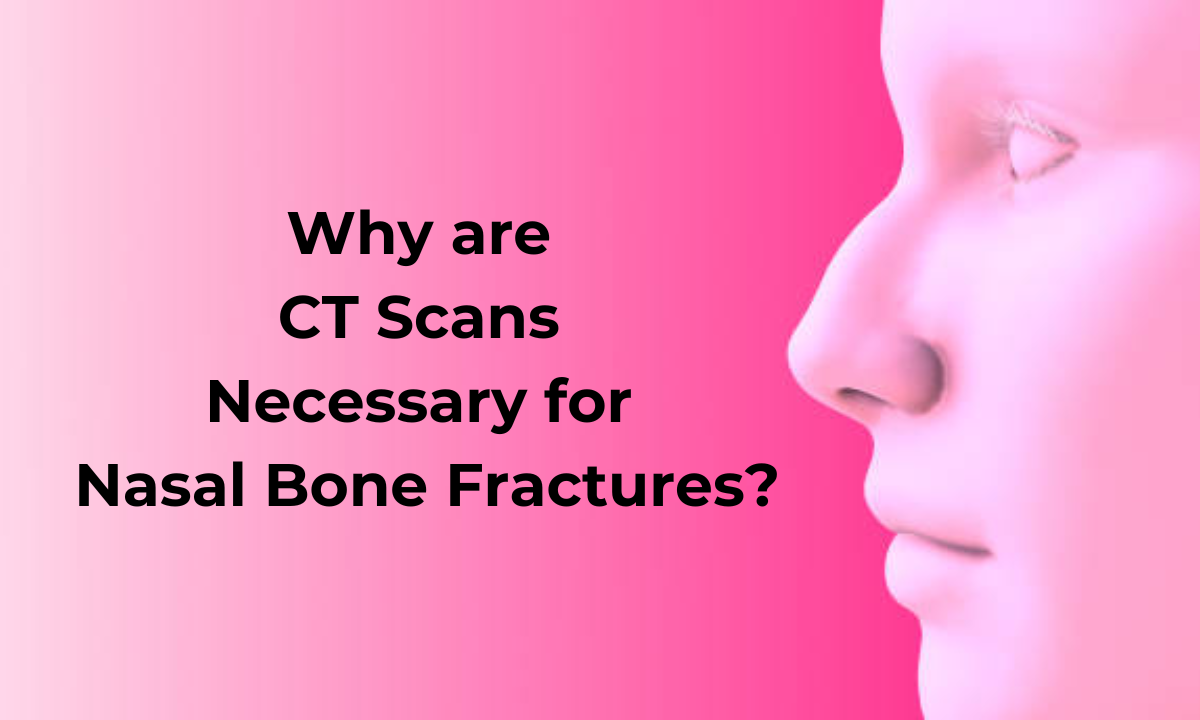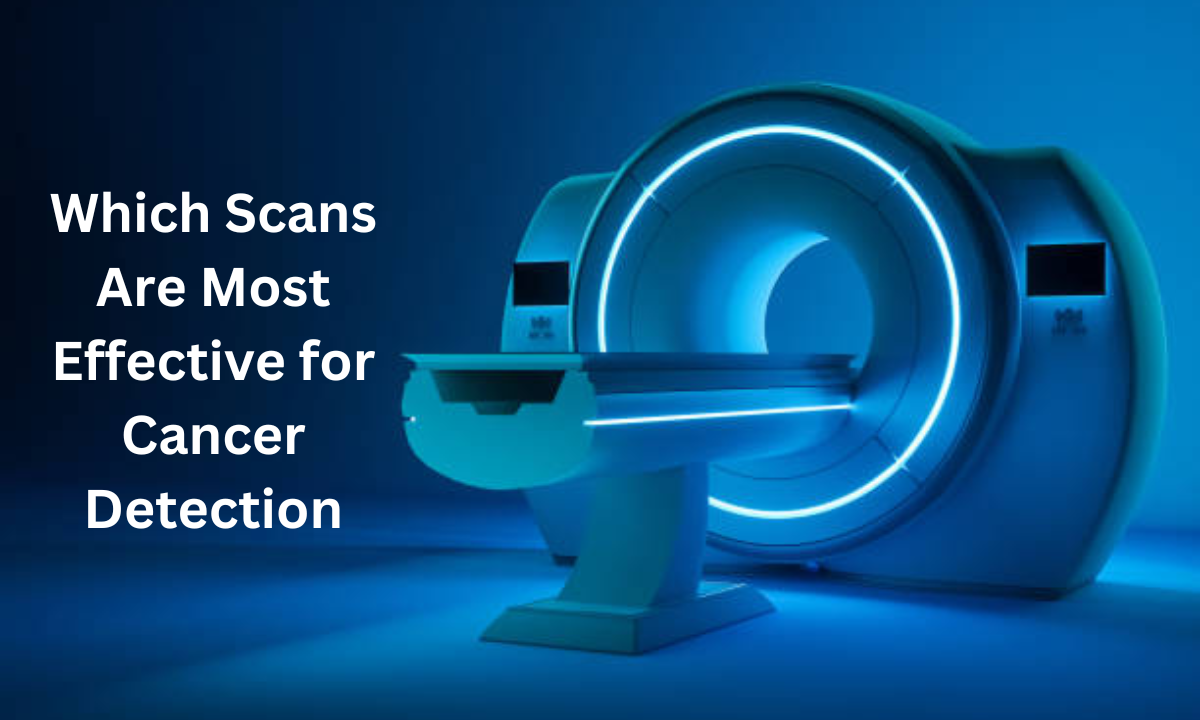Magnetic resonance imaging (MRI) and computed tomography (CT) serve as essential diagnostic imaging techniques to detect cancer and other abnormalities in the body. But many individuals are uncertain of the differences between CT scans and MRI scans, as well as the factors that determine their use and application.
We hope to answer common questions concerning these prevalent diagnostic tools in a clear and understandable way through our blog here. There is also a table provided nearing the bottom to give youa short and quick recap regarding the differences between CT Scans and MRIs. Our aim is to aid people in better understanding these imaging procedures so they can determine their medical care with awareness and clarity.
Differences Between CT Scans and MRIs: CT Scans VS MRIs
CT scans, also known as computed tomography scans, utilize X-rays to generate highly detailed images of organs, bones, and tissues within the body. During the procedure, patients lie on a movable table that passes through a circular scanning ring resembling a doughnut shape. This ring captures data from multiple angles, which is then processed to create three-dimensional images. CT scans are capable of detecting abnormalities in both bone and soft tissues, including conditions like lung pneumonia, organ tumours, and bone fractures.
On the other hand, MRIs, or magnetic resonance imaging scans, employ radio waves and a powerful magnet to produce detailed images of the body’s internal structures. Similar to CT scans, patients lie on a movable table; however, the MRI machine has a thicker, cylindrical shape. By utilizing the magnet and radio waves, MRIs can differentiate between normal and diseased tissues, providing valuable information for medical diagnoses.
Both CT scans and MRIs play crucial roles in diagnostic imaging, offering unique advantages depending on the specific medical situation. Knowing the differences betweent CT Scans and MRIs can assist you in making informed decisions and have a better picture of what is to come in the procedures.
Advantages of CT Scans:
CT scans offer the ability to capture images of almost the entire body, from the neck to the thighs, within seconds. They are highly proficient at diagnosing and staging cancer, locating metastases in organs like the lungs, liver, and bones, and tracking the effectiveness of treatment. The primary method of choice for staging cancer is frequently a CT scan. They are also used to evaluate spine and brain injuries, find internal bleeding or blood clots, and image bone fractures, among other disorders.
Advantages of MRIs:
Certain disorders that can be difficult to identify and diagnose using CT scans are particularly well-detected by MRIs. For instance, it might be difficult to detect specific forms of liver cancer, uterine cancer, and prostate cancer using CT scans. On the other hand, in MRIs, metastatic lesions to the bone and brain are also visible in great detail. Additionally, MRIs are used for a number of non-cancer-related applications, such as examining soft tissue or joint injuries as well as deformities or injuries to internal systems including the heart, brain, and digestive system.
Disadvantages of CT Scans
CT scans use ionising radiation, which does have a low risk of DNA damage and a very minor increase in the risk of cancer. According to the U.S. Food and Drug Administration, an average CT procedure increases the chance of acquiring deadly cancer by around 1 in 2,000. MRIs, in contrast, don’t employ ionising radiation, which is one of the major differences between CT Scans and MRI. Therefore there’s no need to worry about the risk of cancer development.
Disadvantages of MRI Scans
In contrast to CT scans, MRIs take longer to perform and often require patients to lie motionless in an enclosed space for 20 to 40 minutes. For those who experience claustrophobia, this duration may be difficult, however solutions like ear protection can be offered to reduce discomfort.
Both CT scans and MRIs may involve the injection of a contrast dye to enhance the visibility and detection of internal organs and tissues.
Common Concerns Regarding CT Scans and MRIs:
People frequently express concern about recurrent radiation exposure associated with CT scans. For instance, those who get routine follow-up CT scans for specific early-stage malignancies could be concerned about further radiation risks. Radiology professionals adhere to the principle “as low as reasonably achievable,” attempting to reduce radiation exposure while producing high-quality CT images for efficient and detailed clinical decision-making.
With regard to MRIs, people who experience claustrophobia or who find it difficult to hold their breath to a certain extent may find the process uncomfortable. It is possible to modify some MRI machines to reduce the effects of claustrophobia. The radio waves utilised in MRIs have the potential to heat metallic implants, such as pacemakers or brain stimulators, therefore patients with these medical implants could present extra complications. Modern medical gadgets, however, have been developed to be compatible assuring safety during the procedure.
Decision-Making Process for Imaging:
CT scans are often the first choice considered unless an MRI is said to offer better tumour imaging for specific malignancies. Flexibility is the way to go, if CT scans do not meet the requirements or do not provide adequate or clear results, medical professionals may advise an MRI for additional assessment.
In contrast, a CT scan may be recommended as an option if the patient performs repeated MRIs and finds it difficult to keep still or hold their breath for clear imaging. The basic concept of medical imaging is to assess the advantages of a particular test against its potential risks.
Table Depicting the Differences Between CT Scans and MRIs in Brief:
CT Scans VS MRI Scans
| MRI SCANS | CT SCANS |
| MRI Scans are powered by strong magnetic fields. | CT Scans are powered by low doses of ionising radiations |
| The procedure typically takes about 45 minutes to 1 hour. | The procedure typically lasts from 10 to 20 minutes |
| MRI machines make some loud noise, so you maybe given a pair of earbuds or headphones before the procedure begins. | CT Scanners make soft, whirring sounds and have flashing lights as well. |
| Being inside the MRI Machine is like being inside a large enclosed tube which may cause claustrophobia or related anxiety in individuals, especially since the procedure is relatively longer. | CT Scans are known to be relatively comfortable since the scanner is donut shaped and is not completely enclosed. Also, the procedure is relatively shorter. |
| They are designed for imaging specific tissues and abnormalities especially in regard to soft tissues, tendons, ligaments, spinal cords and the brain | CTs are better suited for imaging injuries from trauma and staging cancer. It images the entire body in the procedure. |
Key Takeaways:
CT scans and MRIs serve distinct purposes in diagnosing and staging cancer. Noting the differences between CT Scans and MRIs can assist in the choice making, depending on various factors, including the specific disease or condition being assessed and individual patient situations given. Medical professionals carefully weigh the differences between CT Scans and MRIs along with the benefits and risks to determine the most appropriate imaging approach for optimal patient care.






